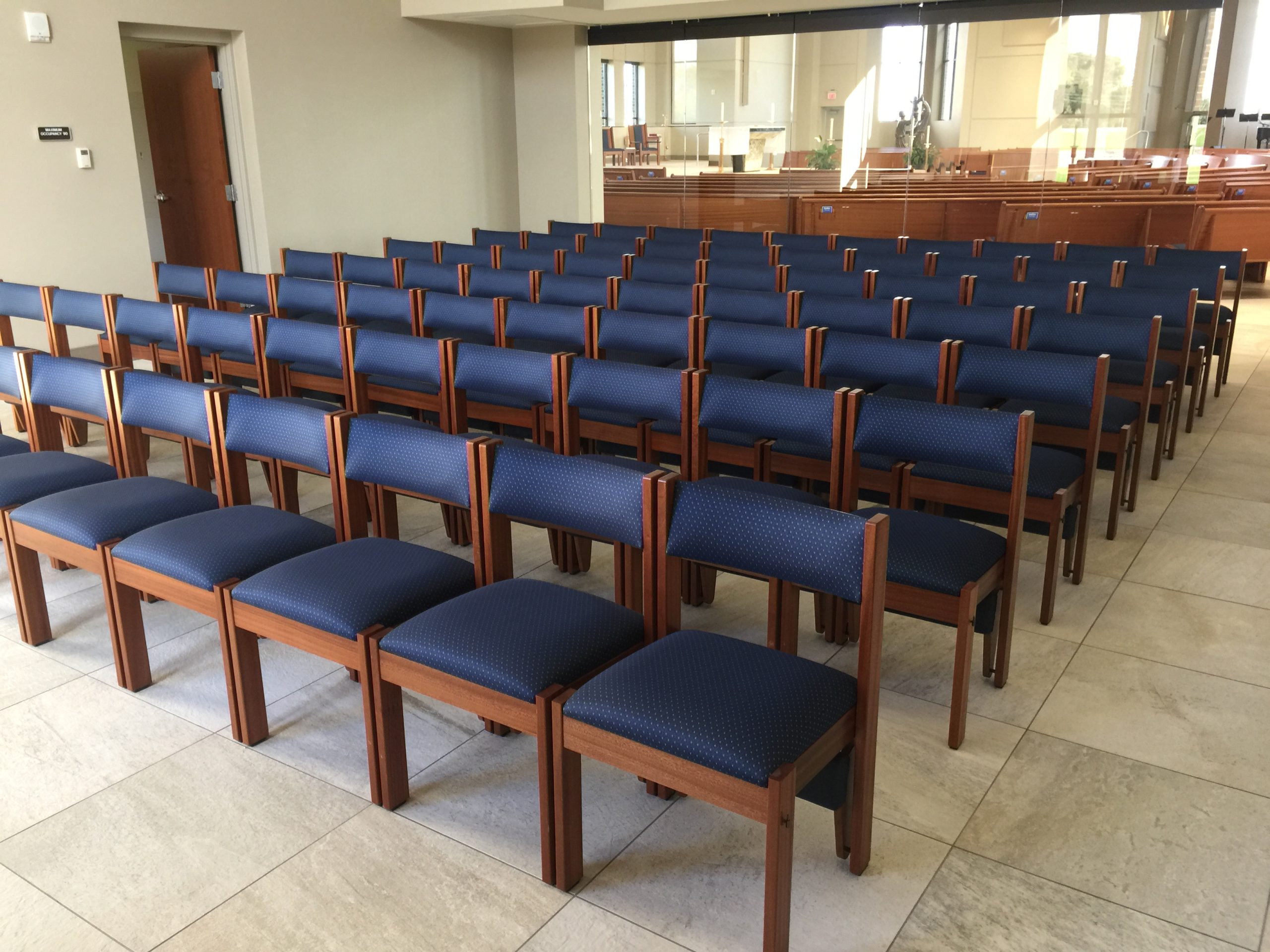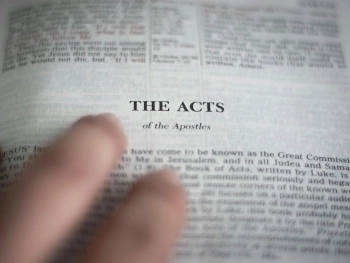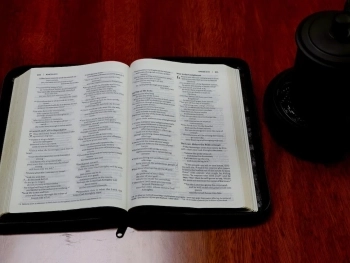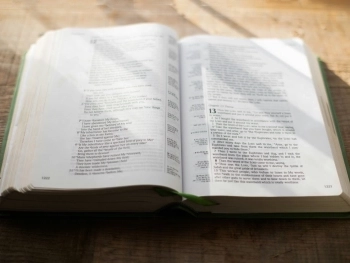The humble church chair — often overlooked, yet deeply emblematic of religious tradition and ecclesiastical evolution — has undergone significant transformation over centuries. From stone benches in early Christian gatherings to ornately carved pews in Gothic cathedrals and today's ergonomic stackable seating, church chairs have mirrored the theological, cultural, and social shifts within Christianity. This article delves into the history of church seating, including biblical references, ancient practices, medieval transformations, and contemporary designs, offering a comprehensive understanding of their role in sacred spaces.
1. Early Christian Worship and Seating: From Homes to Catacombs
In the first centuries A.D., Christianity was a persecuted religion within the Roman Empire. Early Christians gathered in private homes, known as domus ecclesiae, or in catacombs—underground burial sites used for worship and communion. During this period, furniture was minimal. Worshippers would often stand or sit on the floor, emphasizing humility and community over comfort or hierarchy.
Biblical Roots and Symbolism
The Bible offers several references to seating in a symbolic, moral, and liturgical context:
-
Jesus seated while teaching: In Matthew 5:1–2, Jesus ascends a mountain and sits before delivering the Sermon on the Mount. This reflects the rabbinic tradition, where a teacher would sit while instructing.
"Now when Jesus saw the crowds, he went up on a mountainside and sat down. His disciples came to him, and he began to teach them." — Matthew 5:1–2
-
The throne of God: The divine seat is a recurring image throughout Scripture. For example, in Isaiah 6:1, the prophet says:
"I saw the Lord seated on a throne, high and exalted, and the train of his robe filled the temple."
These references established early symbolic associations between seating, authority, reverence, and teaching.
2. From Basilica Benches to Episcopal Thrones
When Christianity became the official religion of the Roman Empire under Emperor Constantine (Edict of Milan, 313 A.D.), worship moved from homes to Roman basilicas, which were repurposed civic buildings. These basilicas became the architectural template for Christian churches.
- Seating in early basilicas was sparse. The faithful stood, while the bishop sat on a prominent seat called the cathedra, from which we get the term cathedral (a church housing a bishop’s throne).
The Cathedra and Ecclesiastical Authority
The cathedra, typically placed in the apse behind the altar, symbolized the bishop's teaching and pastoral role. This seat had deep significance:
-
Luke 4:20 records that Jesus read from Isaiah in a synagogue and then sat down to teach, a practice mirrored in early Christian liturgy.
"He rolled up the scroll, gave it back to the attendant and sat down. The eyes of everyone in the synagogue were fastened on him."
- Church leaders adopted this symbolic act, sitting as a position of instructional authority.
Meanwhile, wooden benches or stone ledges were sometimes provided along the walls for elderly or infirm members of the congregation — a precursor to today’s church seating.
3. Medieval and Gothic Churches: The Rise of the Pew
The word pew derives from the Old French puie, meaning a balcony or elevated place. Pews as we understand them today — long wooden benches with backs — did not appear until the 13th to 14th centuries. Before this, worshippers stood, with seating provided only for clergy or nobility.
Theological Implications of Seating
Seating in medieval churches reflected liturgical hierarchy and social status:
- Wealthy families might have private, enclosed pews.
- Commoners stood or sat on the floor.
- The choir stalls, elaborately carved wooden seats in the chancel, were used by monks or clerics and often featured misericords, small ledges that provided rest while appearing to stand.
This period emphasized the visual grandeur of worship, with seating serving both practical and symbolic functions.
4. Reformation to Revival: Democratization of Church Seating
The Protestant Reformation (16th century) introduced radical changes to worship and church design. Sermons and scripture became central, shifting focus from the altar to the pulpit. This made seating for the congregation essential.
Notable Developments:
- In Calvinist and Puritan traditions, plain wooden pews were arranged to face the pulpit.
- In Lutheran and Anglican churches, pews emphasized order and attentiveness.
- Box pews, enclosed compartments with doors, became popular in England and colonial America. They often included heating devices in colder climates.
This marked a significant democratization of church seating, making room for every member of the congregation rather than just clergy or elites.
5. Modern Church Chairs: Function Meets Flexibility
By the 19th and 20th centuries, industrial production and new theological movements encouraged the development of individual church chairs. These offered greater mobility, comfort, and inclusivity.
Notable Features of Modern Church Chairs:
- Stackable and lightweight designs for multipurpose spaces.
- Padded seating for long services.
- Book holders or slots for Bibles and hymnals.
- Modular arrangements that accommodate changing worship styles (e.g., in-the-round, theater-style, etc.).
This evolution reflects a shift in Christian worship from formality to community-oriented, experiential, and accessible gatherings.
6. Symbolism and Spirituality of Seating
Even today, church chairs hold symbolic significance:
- Unity: Chairs arranged in rows reflect the congregation's shared focus and common worship.
- Accessibility: Providing seats for all ages and physical needs mirrors the inclusiveness of Christ’s message.
- Flexibility: Movable seating aligns with churches' growing role as community centers, not just sacred spaces.
In a theological sense, the chair still retains echoes of ancient authority and hospitality — inviting people to sit in the presence of God.
From stone benches in Roman catacombs to modern modular seating in mega-churches, the history of church chairs is deeply intertwined with the development of Christian worship, theology, and architecture. These chairs are more than just furniture; they are quiet witnesses to centuries of spiritual devotion, doctrinal evolution, and communal gathering. And in their various forms — throne, pew, or padded chair — they remain a subtle yet powerful symbol of the believer’s place in the body of Christ.
References
- The Holy Bible (New International Version)
- White, James F. A Brief History of Christian Worship (Abingdon Press, 1993)
- Spicer, Andrew. Parish Churches in the Early Modern Reformation (Routledge, 2016)
- Jenkins, Simon. England’s Thousand Best Churches (Penguin, 2000)
- Krautheimer, Richard. Early Christian and Byzantine Architecture (Yale University Press, 1986)






